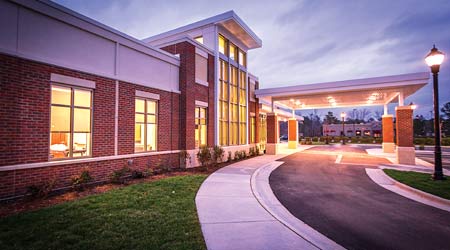Understanding Environment of Care and Life Safety in Ambulatory Surgery Centers
The Joint Commission and AAAHC have developed accreditation requirements for environment of care (EC) and life safety.
The environment of care (EC) has been developed as a category requirement by the accrediting organizations, including the Joint Commission and AAAHC. Its purpose is to identify and manage all risks associated with maintaining a safe, functional, and supportive environment. There are three main parts to EC maintenance. One part focuses on the building or space and the special features and equipment that protect patients, visitors and staff. Within this requirement are such items as safety and security, hazardous materials and waste, fire life safety, medical equipment and utilities.
Just as important as covering all these various bases is the spirit in which the requirements are approached. The Joint Commission advises all facility managers not to regard this as a mere exercise in compliance or box-checking. The opportunity to provide real value lies in thinking of ways to constantly achieve and maintain a safe environment.
Life Safety Overview and Understanding
Life safety is a special category requirement of the accrediting organizations, distinct from environment-of-care measures. This is especially relevant for accredited ambulatory surgery centers, since it applies to all potential life-safety risks when patients are unable to move by themselves.
Because accredited ambulatory surgery centers do not have overnight patients, their life-safety requirements are not the same as those that would apply to hospitals and medical centers. However, though facility managers understand that distinction, many strive to meet the standards that apply to hospitals.
Life-safety functions are very broad and include such items as fire panels and sprinkler systems, fire extinguishers, fire dampers, fire doors, emergency egress lights and exit signs, as well as generators and medical gas. All such systems must undergo a regular schedule of testing and maintenance in order to assure and demonstrate proper functionality should an emergency arise. All testing and maintenance must also be faithfully entered and verified in the life-safety compliance book.
Maintenance and documentation for accredited ambulatory surgery centers is demanding and needs to be approached in a manner described by the Joint Commission. Ensuring the safety of employees and patients is an essential part of any facility manager’s role.
Joe Shull is partner, director of property management, for Flagship Healthcare Properties.
Related Topics:











